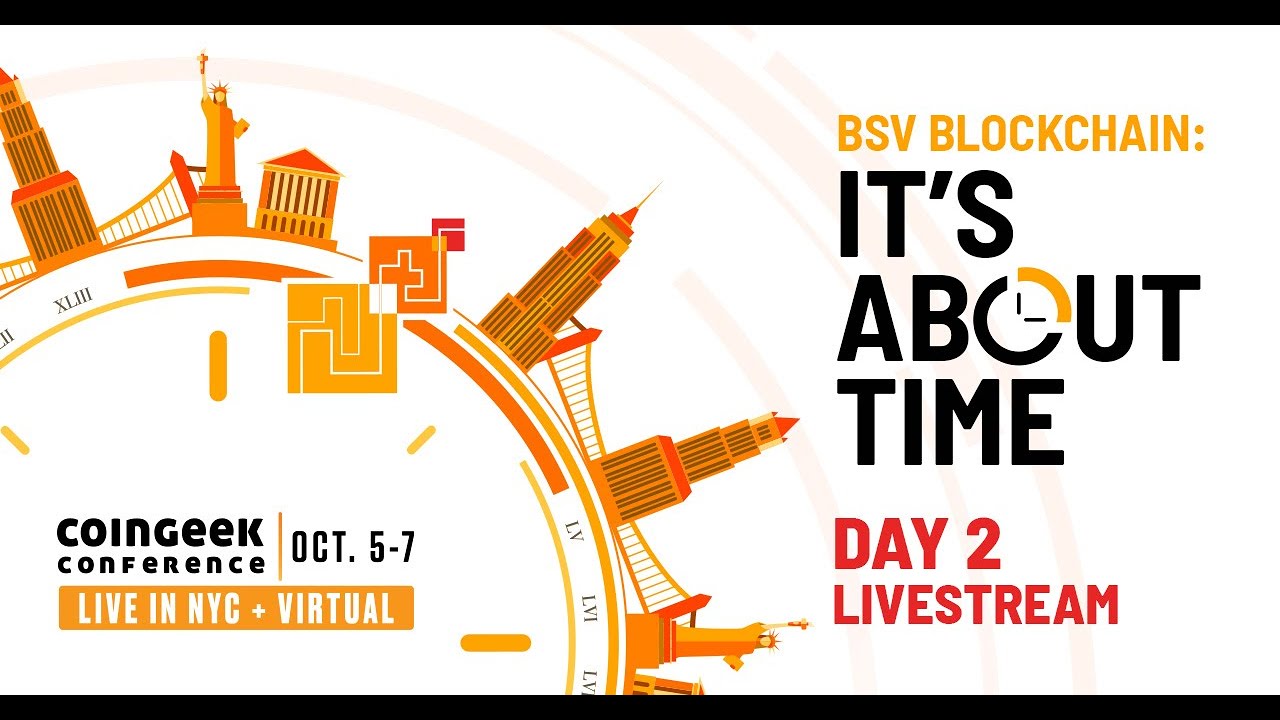
Reading Time: 2 minutes
- Luxury brands are starting to utilize blockchain for authenticity and insurance, fostering customer trust and enhancing business impact
- One such example is Vaultik, which has partnered with various luxury sectors, integrating Digital Product Passports
- The company is using blockchain and AI to address challenges like theft and counterfeiting and enhancing transparency and sustainability
‘Blockchain’ and ‘luxury goods’ are terms that have been sporadically mentioned in the same breath since the blockchain boom of 2017, but it seems that the twinning is finally taking root. Forbes today reports on the efforts of one company, Vaultik, to help luxury goods makers use blockchain technology and Artificial Intelligence (AI) to improve logistics, product tracing, and more. Vaultik builds on work already done by the likes of VeChain to integrate blockchain into tracing and authenticating luxury goods, something that the technology seems perfectly suited to, with AI now taking this to a new dimension.
Vaultik Making Strides
Forbes reported on Vaultik’s Digital Product Passports with certificates of ownership and on-chain insurance, effectively linking ownership and authenticity through a proprietary triple-factor authentication system. Vaultik operates directly and through blockchain protocols like Hedera, collaborating with insure-tech firm Avata to provide certificates of ownership and integrated insurance protection at both B2B and B2C levels.
By correlating ownership and insurance on-chain, Vaultik aims to enhance customer loyalty, retention, and acquisition. The company has already conducted proofs of concept with luxury brands like Burberry and announced partnerships spanning various luxury verticals, including watches, gemstones, fine jewelry, leather goods, and even furniture. These partnerships focus on both primary and secondary markets, with the latter leveraging artificial intelligence (AI) for valuation.
Promises Finally Coming True?
Similarly, Vaultik’s technology is being applied in other luxury sectors, including fine jewelry and timepieces, where transparency of provenance is crucial, and furniture and leather goods, where documenting the lifecycle of products enhances transparency and assures customers of their provenance and uniqueness.
Overall, Vaultik’s initiatives represent a significant step toward maximizing the business impact of blockchain technology in the luxury industry, addressing challenges like theft and counterfeiting and enhancing traceability, transparency, and sustainability. These are areas that were identified in 2017 as being solvable through blockchain, and it seems that these promises may finally be on the verge of coming true.
Note: This article have been indexed to our site. We do not claim legitimacy, ownership or copyright of any of the content above. To see the article at original source Click Here













